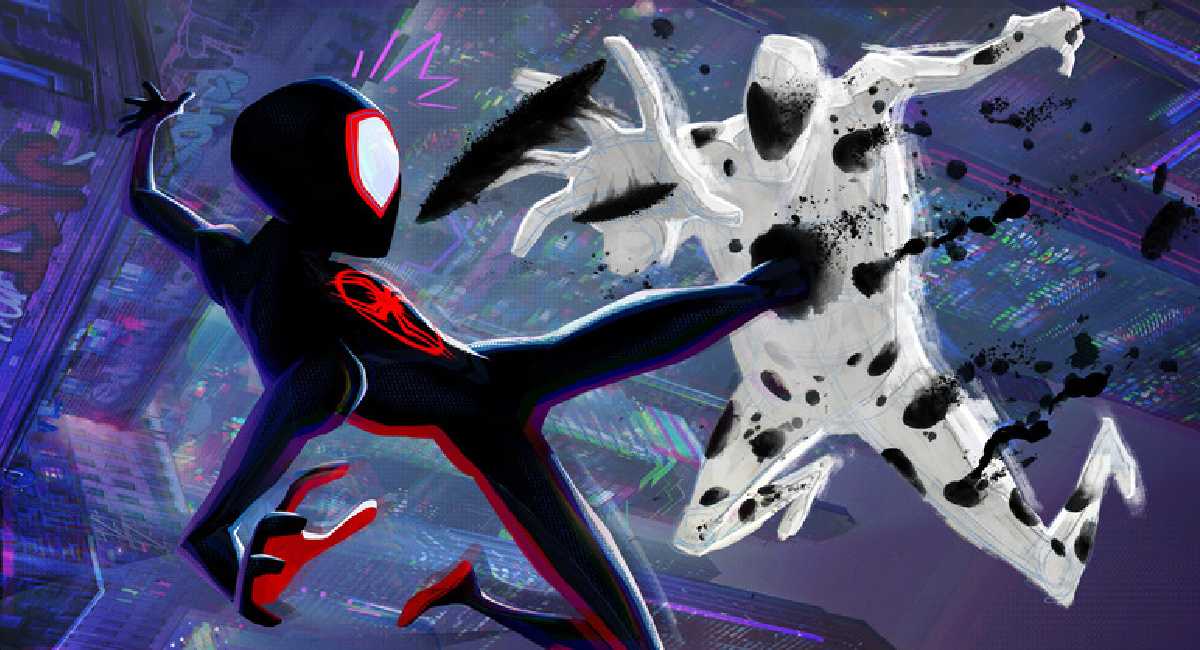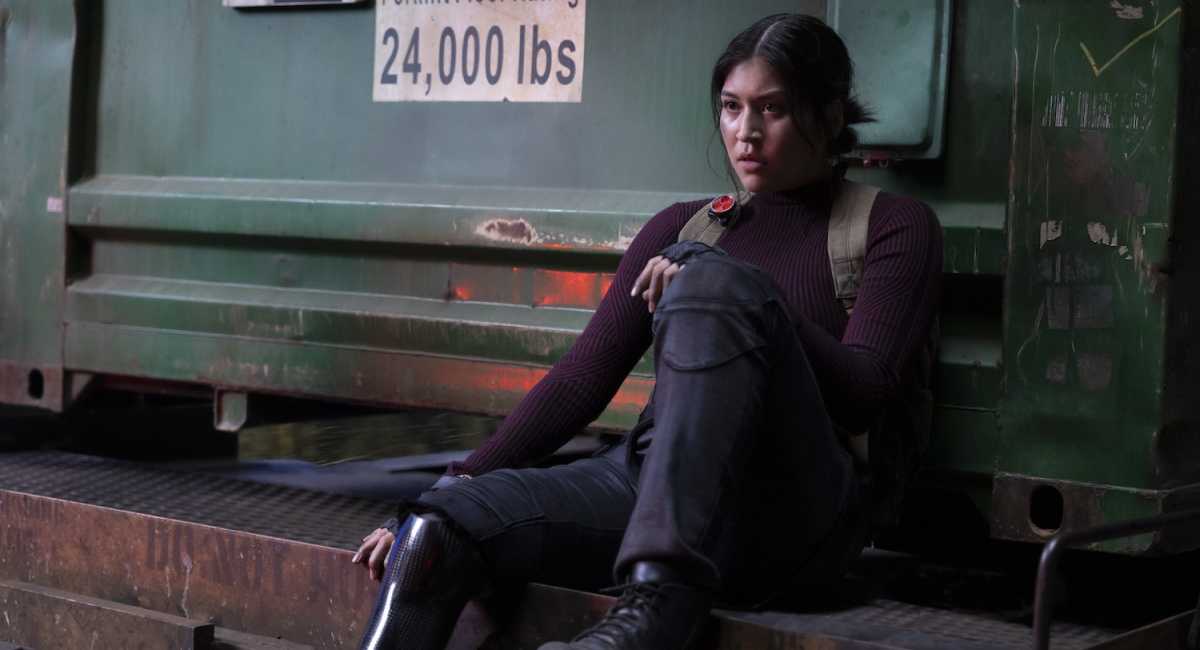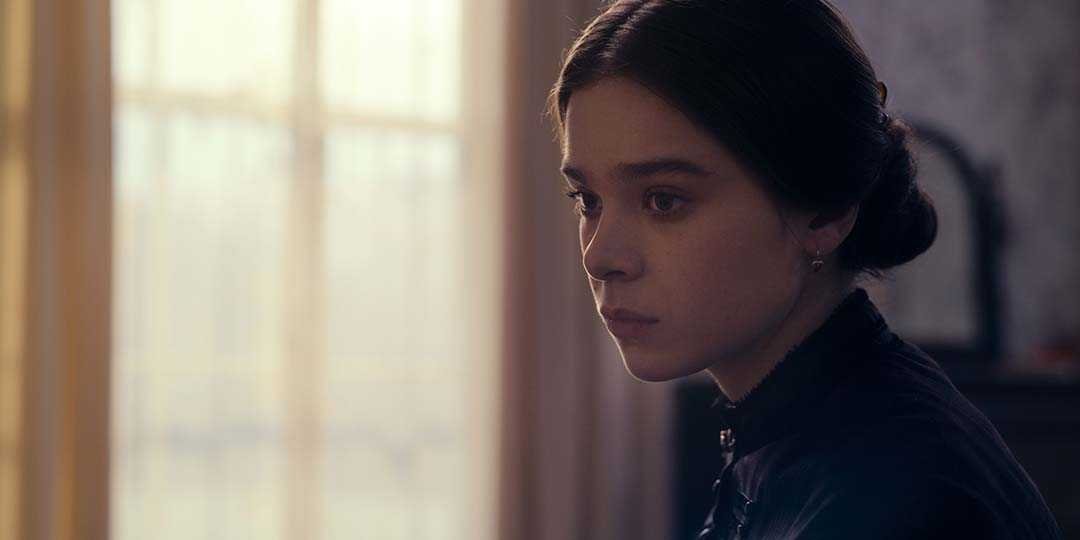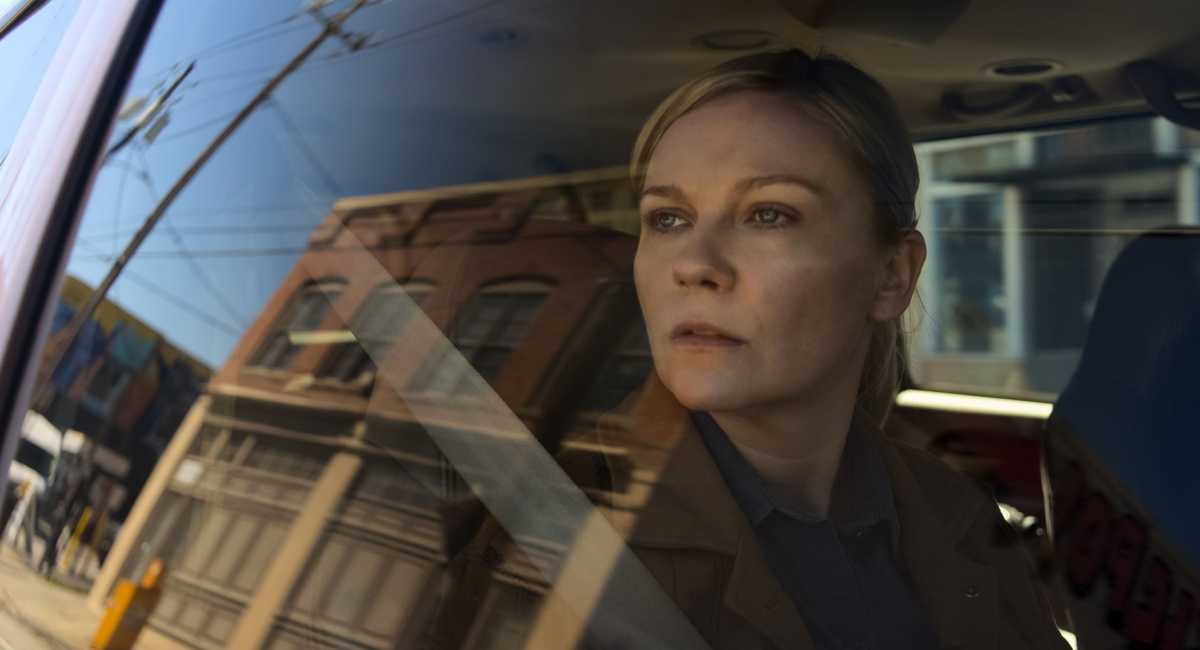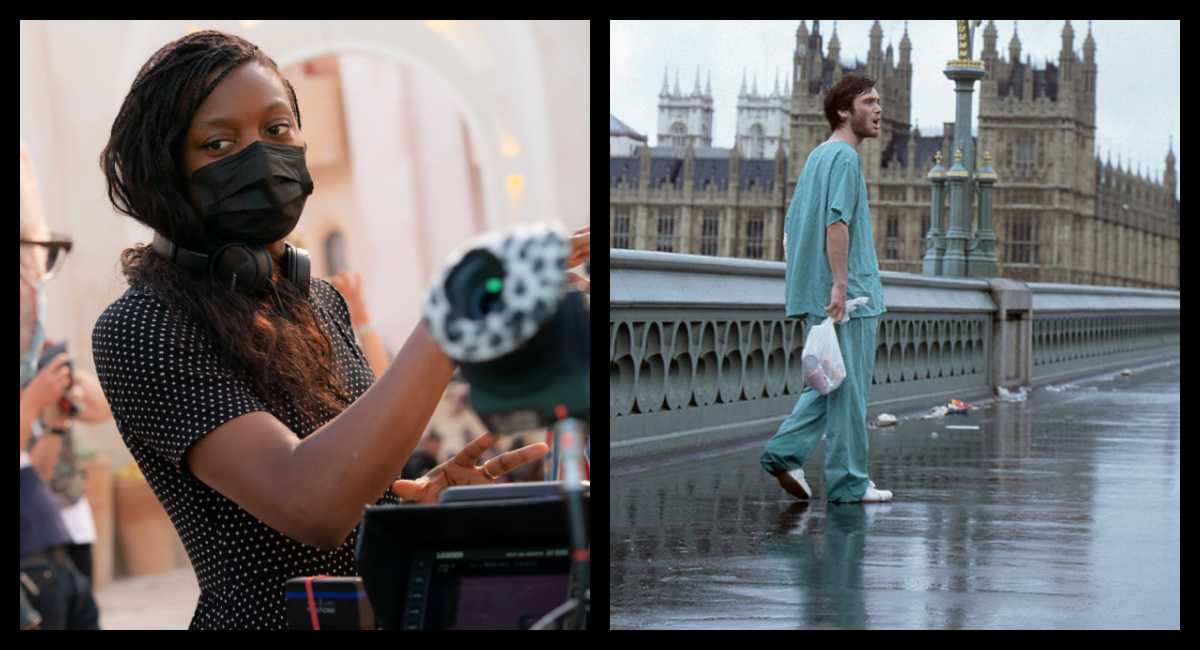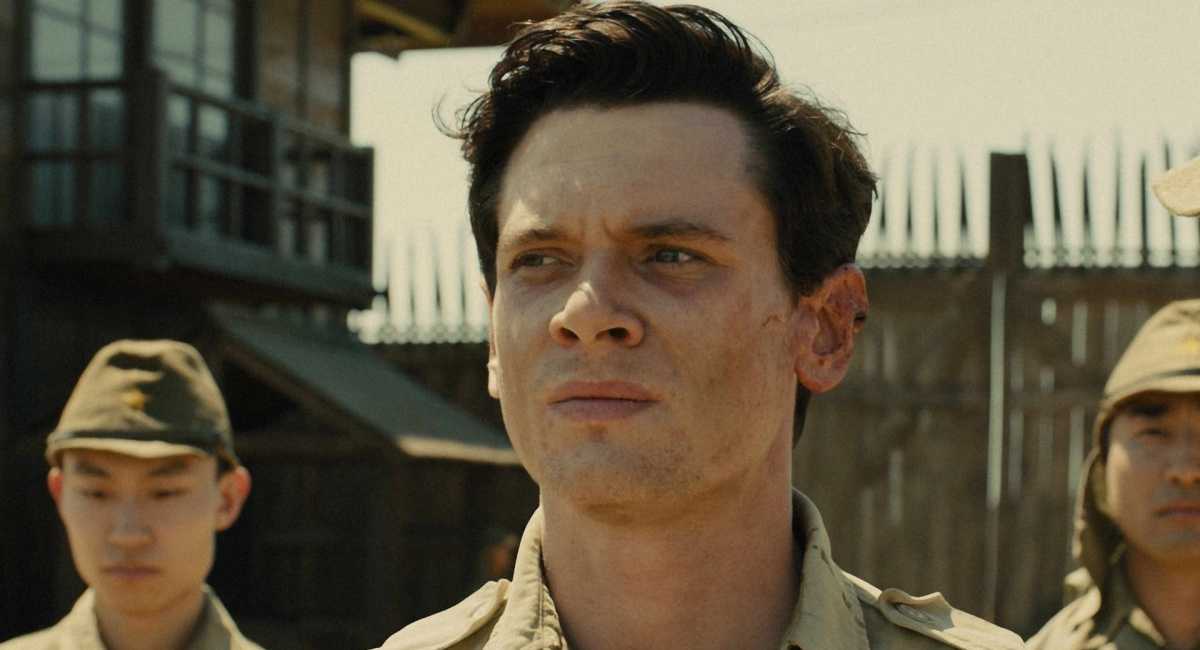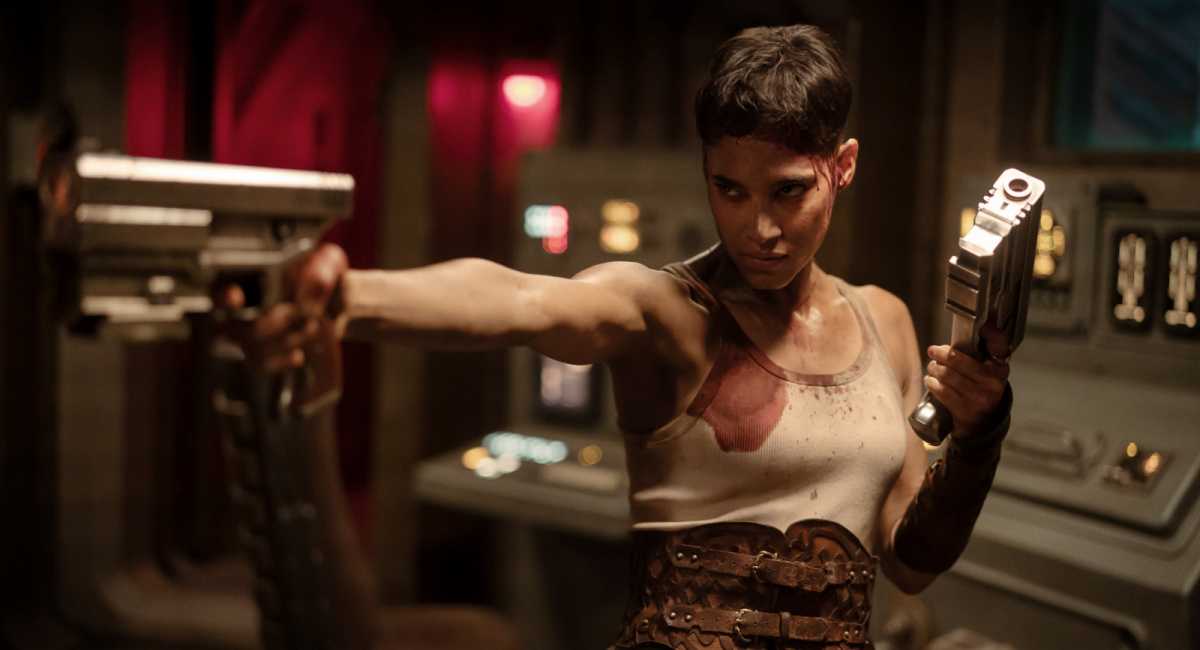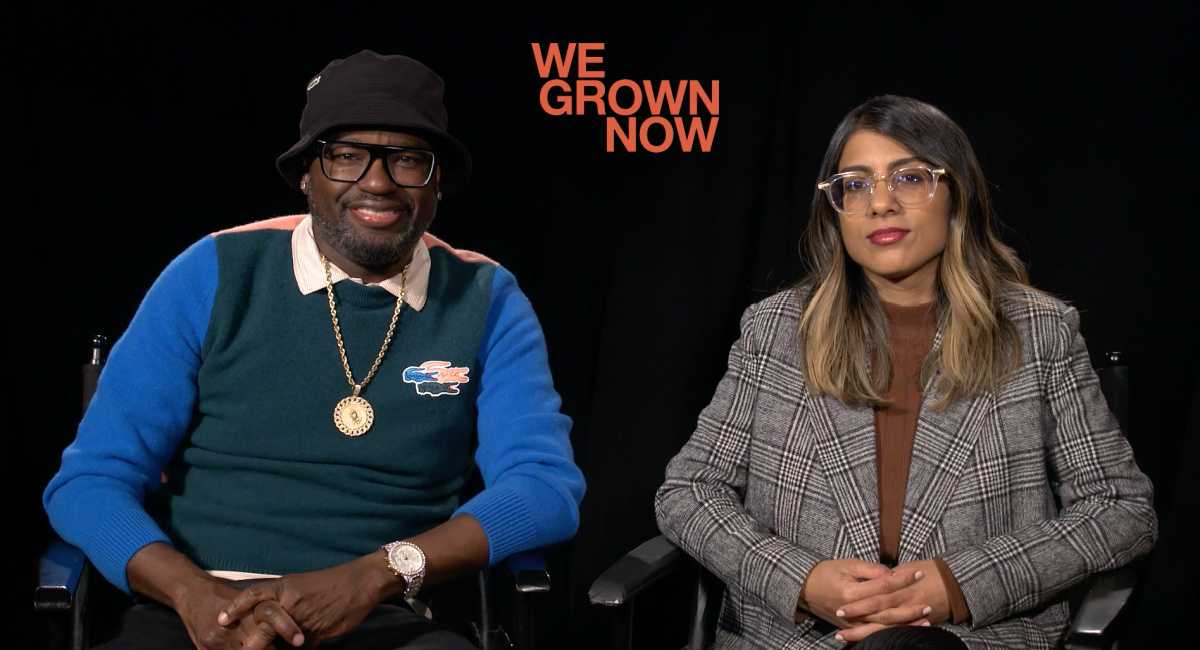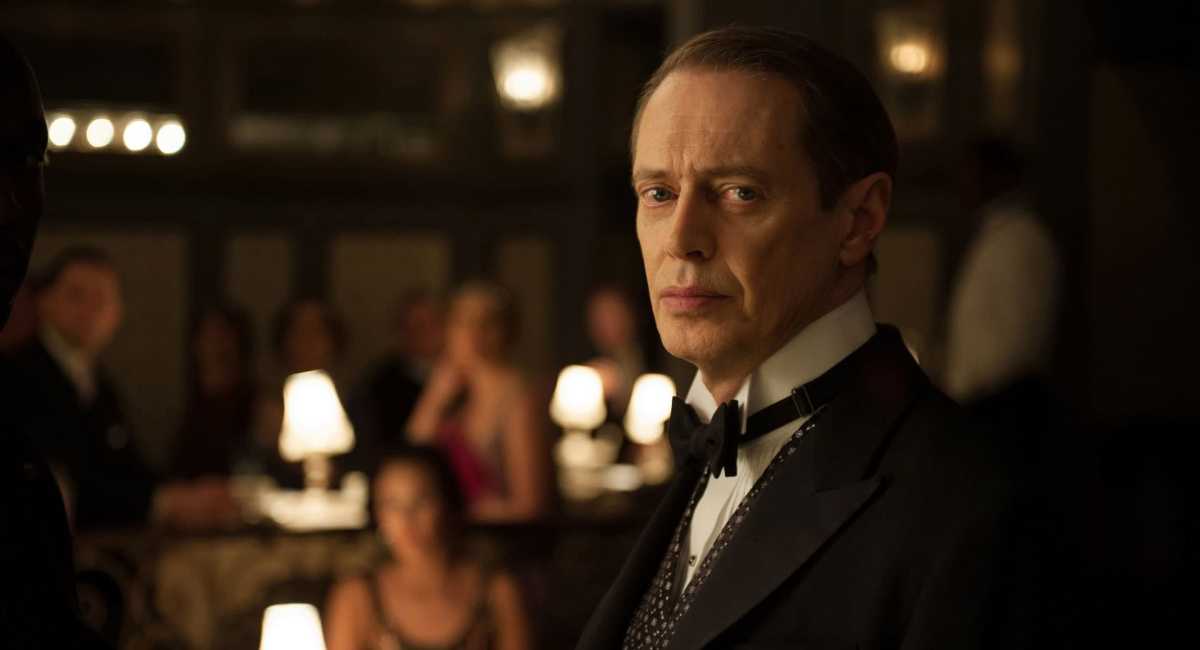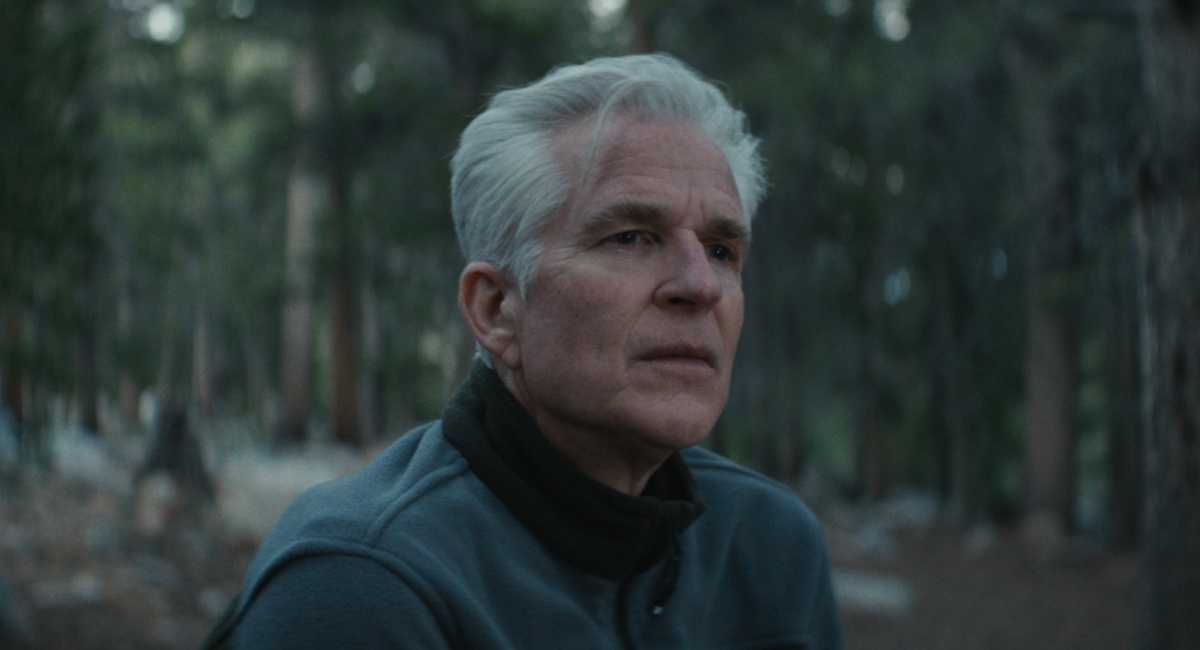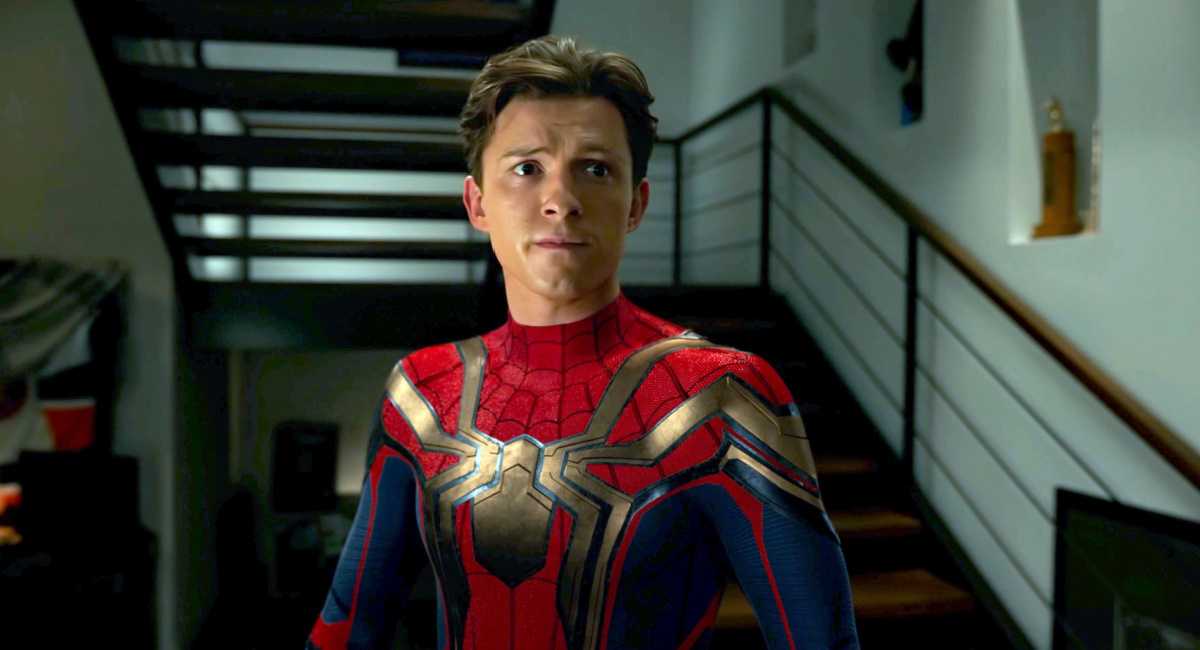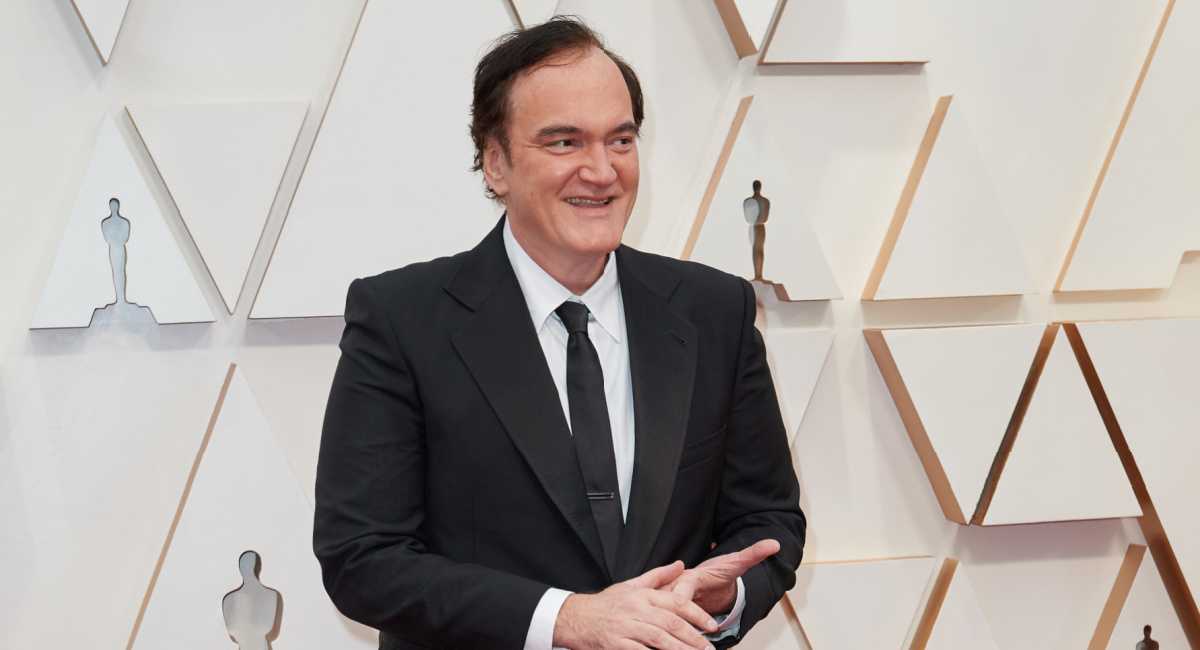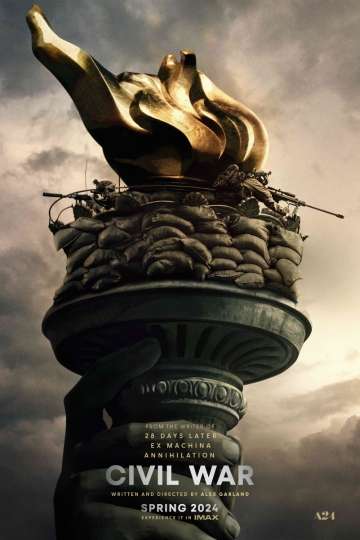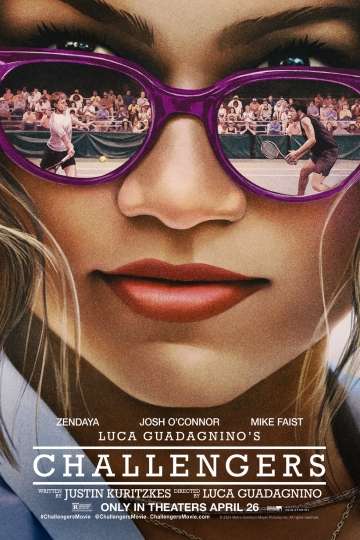'Bumblebee' Review: Easily the Best Transformers Movie You've Ever Seen
The posters and promotional materials for “Bumblebee” all feature the computer-generated title character more prominently than any of the film’s human actors, which is an important reminder how much of a cultural fixture Transformers has become. But Travis Knight’s spin-off/ prequel to the five Michael Bay monstrosities that catapulted the franchise to worldwide box office success shrewdly -- and powerfully -- sidelines the mechanics and mythology of its predecessors to focus on the changing emotional conditions of its characters, amazingly including those that actually came off an assembly line.
Bolstered by solid performances from Hailee Steinfeld, Jorge Lendeborg Jr., John Ortiz, and in a voice role, Angela Bassett -- not to mention a 1980s jukebox of pop-rock classics -- “Bumblebee” clears an admittedly extremely low bar to become the best “Transformers” movie yet made.
Steinfeld plays Charlie Watson, a tomboyish teenager struggling with the death of her father, and her mother Sally’s (Pamela Adlon, TV’s “Better Things”) subsequent remarriage to the goofy but well-intentioned Ron (Stephen Schneider, “You’re the Worst”). Desperate to get a car for her 18th birthday, she convinces her uncle Hank (Len Cariou, “Spotlight”) to give her the dilapidated Volkswagen Beetle collecting rust in the back of his junkyard. But when she gets it home, Charlie discovers that it’s actually an Autobot in hiding, whose identity and memories have been damaged or even erased. Dubbing him Bumblebee, Charlie quickly realizes that she’s found not just the car she so badly wanted, but a friend and confidante that she really needs. But when two Decepticons, Shatter (Bassett) and Dropkick (Justin Theroux), arrive on Earth and contact the American military hoping to locate and eliminate Bumblebee before he can remember and complete his mission, Charlie and Bumblebee find themselves in the middle of a brewing conflict of potentially intergalactic proportions.
Given their two (and sometimes three or four) permutations, Transformers always felt like a uniquely physical toy to interact with, but Knight’s pedigree at the stop-motion haven Laika Studios only hinted at the joyful, thrilling way he manipulates the robots in “Bumblebee.” Not only does he dial back the design of the CGI characters to a style more closely resembling their Generation One iterations, but he and his visual effects team move them -- individually and in action scenes-- in ways that seem like a kid playing with his toys instead of Michael Bay trying to corral a tsunami of pixels. Moreover, and perhaps because of the film’s slightly more family-friendly tone, he seems to better respect their physicality, particularly in terms of the pain they suffer, and of course, inflict upon one another.
Bay’s accomplishment in this world was creating a sense of scale and then conceiving action sequences that had real operatic sweep; Knight provides a look at them from a consistently human perspective, Most importantly, he gives us a reason to care when their fender gets dinged, much less when another ten-ton robot drop kicks them into a grove of redwoods.
But what proves more remarkable is how effectively screenwriter Christina Hodson draws a vivid portrait of adolescent pain through Charlie, and then allows that to be healed by her developing friendship with the title character. Not unlike Elliot in Spielberg’s “E.T.,” she’s a young adult struggling to come to terms with realities for which she’s not prepared, who is then catapulted into a literally otherworldly situation. Hodson sculpts Charlie's grief into something hard but not impermeable, and then uses Bumblebee -- not just a stand-in for an intuitive, devoted companion, but a rolling metaphor for escape -- to enable her to recognize her feelings and come healthily to terms with them. Knight treats these scenes with virtually unprecedented sensitivity, given the series’ usual hurry to get back to What’s Going On With Those Robots. Such attention lends her, the rest of her family, and Memo (Lendeborg Jr.), the nerdy guy who nurses an innocent crush on her, a palpable and narratively prominent sense of humanity.
That the film is set in 1987 somehow frees it to be sweeter, goofier, and more innocent than previous “Transformers” installments. It combines Bumblebee’s pop-culture vocabulary with a soundtrack that shuffles dexterously from The Smiths to Steve Winwood as characters reference “Alf” and other ephemera from the era. But John Cena’s Jack Burns, a military operative driven to capture Bumblebee, feels like a remnant from '80s entertainment that could have been better refined or even skipped. Cena has two good “speeds” as an actor -- tough guy and clueless goof -- and either he doesn’t get the direction he needs or doesn’t quite know how to combine those two into something where there’s real gravitas as well as humor that doesn’t play unintentionally like a dad joke. Conversely, Theroux and especially Bassett give two of the most memorable voice performances in the series’ history, showcasing a subtlety and a palpable intelligence that doesn’t merely read as cartoonish malevolence, or, well, a cartoon.
There are additionally some dynamite action scenes -- an opening sequence on Cybertron is a showstopper -- but what is most impressive is how Knight gives this world real heft, both physical and emotional. And unexpectedly, the film offers surprisingly effective counter-programming to the rest of this season’s offerings. It is pluckier than “Aquaman,” more grown up than “Mary Poppins Returns,” and just generally more fun than awards contenders.
But ultimately, “Bumblebee” works, even transcends, because it combines so many of the best elements of the franchise, while streamlining or jettisoning the worst. In doing so, it rekindles an important lesson from the moviemaking era in which it’s set: Special effects and set pieces can dazzle, but true spectacle is achieved much more easily when you start with characters and story.


